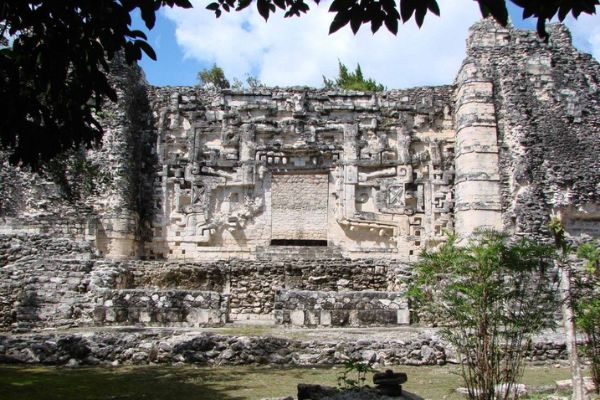They Were Highly Skilled Architects Who Created Structures With Great Precision
The Maya built palaces, acropolises, pyramids, and astronomical observatories, among other things. The Maya used their superior mathematical system to create creations that integrated their astronomy and engineering skills. El Castillo, also known as the Pyramid of Kukulkan, is a prominent Maya edifice in Chichen Itza. It has 365 steps, which correspond to the number of days in their solar calendar, and 52 panels on each side, which reflect their 52-year Calendar Round. The sun casts a series of triangle shadows against the northwest balustrade at the two equinoxes, creating the appearance of a feathered serpent "crawling" down the steps of the pyramid. The apparition of their deity Kulkulkan, the feathered snake, is supposed to be this phenomenon. El Caracol is another well-known Maya structure at Chichen Itza. Its lofty tower has three irregular holes that are randomly located yet can be used as key astronomical sight lines. This astronomical observatory has sight lines for 20 of the 29 celestial occurrences believed to be of interest to the Maya.
Multi-level elevated platforms, enormous step pyramids, corbelled roofs, and monumental stairways are all features of Maya architecture. Maya glyphs, geometric designs, and religious symbolism, such as snake masks, were sculpted and molded into the exteriors. In contrast to many other cultures, Maya architecture does not distinguish between religious and non-religious structures. Highly Skilled Architects is also one of the major achievements of the ancient Maya civilization.











